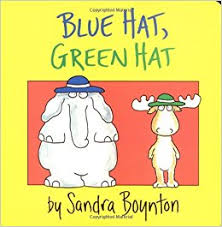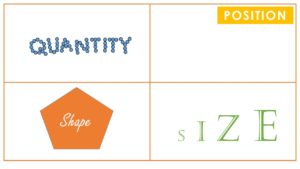Counting Collections
Featured image photo by Alan Rodriguez on Unsplash.
Easter is approaching, which is an exciting holiday in the early mathematics world. Afterall, we use plastic easter eggs year-round at our Pop-Up Play booth. Those colorful eggs are great for playing “How Many”, “What Repeats”, and more. But today’s post is about a different early math concept: counting collections.
A counting collection can be just about anything, but candy is a particularly rich subject. In my family, Easter, Halloween, and Valentine’s Day are “candy holidays”, and they offer the perfect opportunity to explore the wonderful questions that can be posed with a counting collection. In my experience as a mom, after the initial frenzied burst of candy consumption, little tummies start to feel a bit queasy and yet there is still SO MUCH candy. (Let’s face it, these holidays are not great for our health, but they are great for early math fun.) My kids want to revel in the sheer amount of sugary delight that is all theirs for one glorious day, and counting and sorting activities with candy let them do just that.
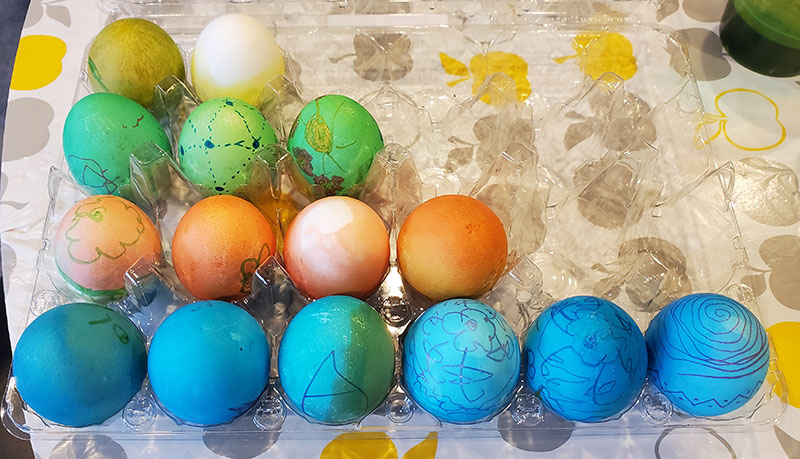
My family made an impromptu counting collection after dyeing our eggs. Clearly blue is the most popular color in our household.
For the most part, making counting collections out of an abundance of candy is something that many kids do on their own with zero adult intervention. I have fond memories of Easters with my cousins sorting, counting, and comparing our “loot”. At Halloween, as the oldest of three, I would sort my Halloween candy into the “good candy” and the “okay candy”, saving the latter for a few months to sell back to my desperate younger siblings when they’d eaten through their supply. My oldest child does the exact same thing!
Playing candy store brings up great math learning about pricing structures: Do you charge more for a tootsie roll to the sibling who you know loves them? Or do you charge based on age, since the younger siblings rarely have much money? Perhaps you keep your candies to barter with for services from your siblings? The economics of sibling groups are ever-changing and fascinating. But I digress.
For those kids who might need a bit of prompting to see their candy as a counting collection, we have some standard prompts. You can find these prompts in action on the back of our Trunk or Treat postcard, and there are even more in the booklet below that we published in kindergarten kits during the pandemic (the kits also included beads).
Basic Counting Collection Prompts
- Can you count ALL of the {items} in your collection?
- How many {items} have you counted?
- How many are left?
- How do you keep track? (or How do you know?)
- Can you put your {items} in groups?
- Can you group them by…
- color?
- shape?
- size?
- your own way?
Whether you find yourself faced with kids with too much candy on their hands, you are doing some spring cleaning, or you’re at the beach collecting treasures, slipping a counting collection prompt into the conversation is sure to spark some fun math play. A good counting collection can be irresistible for children, teens, and adults alike!
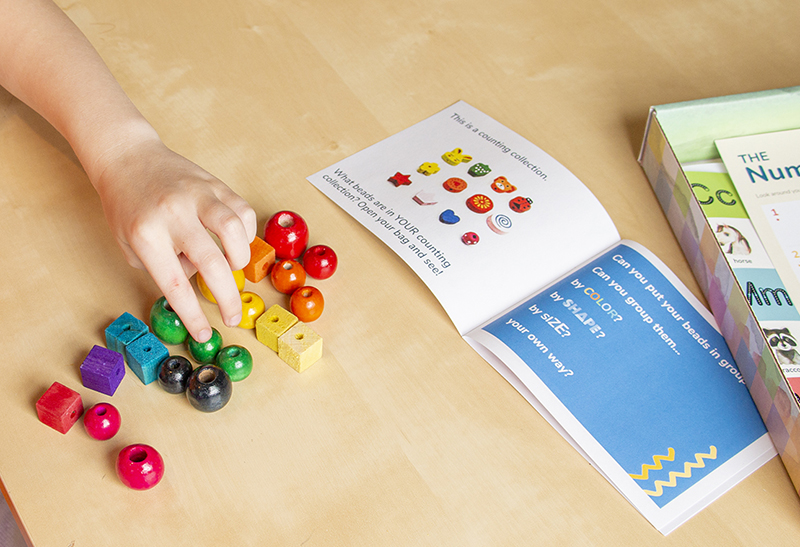
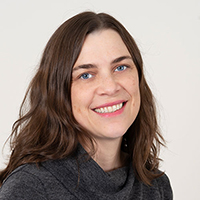
Melissa Burt
Guest Contributor
Melissa is an award-winning Senior Graphic Designer & Content Strategist at Educational Service District 112 who provides design for Math Anywhere's printed and online materials. She is also the mother of four math-curious kiddos.
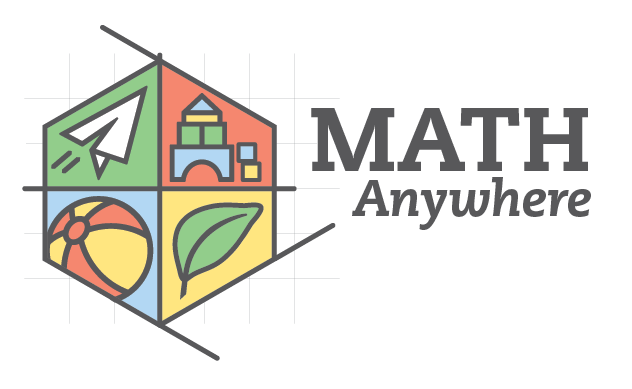
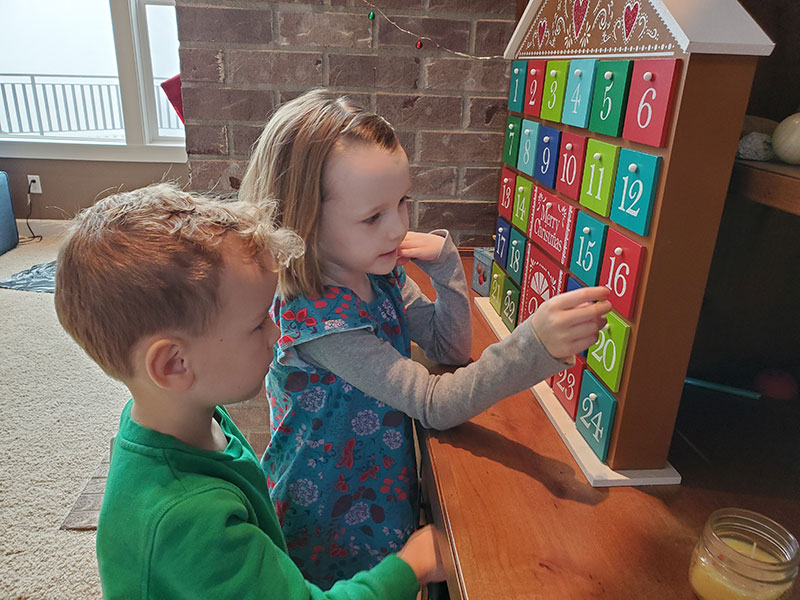
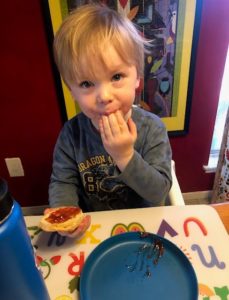 Mom: [gives Cal a plate with one biscuit]
Mom: [gives Cal a plate with one biscuit]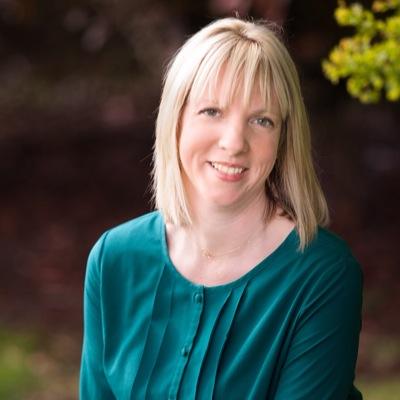
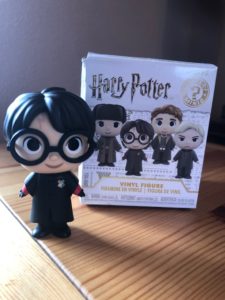 To market anything to the 10 and under crowd these days all you need to do is add some big eyes and the element of surprise. For my son (10) and my niece (8) this holiday Harry Potter Mystery Mini-figures became the obsession. With one figure each in hand we started our seven store sold-out toy search for more. I eavesdropped in on their backseat chatter as we traveled from store to store.
To market anything to the 10 and under crowd these days all you need to do is add some big eyes and the element of surprise. For my son (10) and my niece (8) this holiday Harry Potter Mystery Mini-figures became the obsession. With one figure each in hand we started our seven store sold-out toy search for more. I eavesdropped in on their backseat chatter as we traveled from store to store.
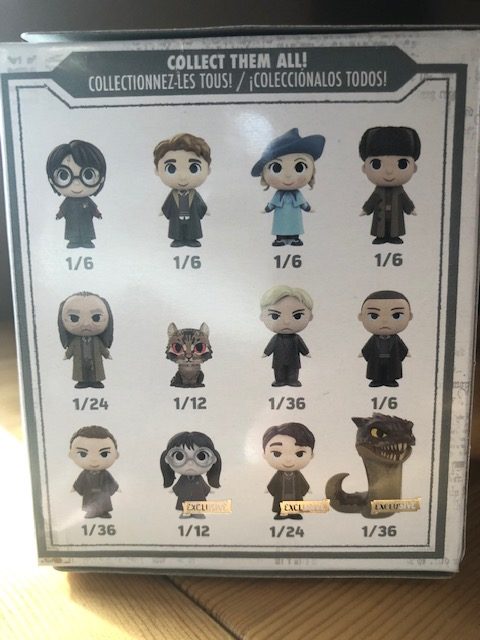 The back of the box kept them occupied as they began to categorize the figures into four groups: 1) common – 1/6 odds 2) uncommon- 1/12 odds 3) rare – 1/24 odds and 4) epic – 1/36 odds. They went on to discuss their ideas about how many you would have to buy to get all 12 figures in this series. They also had boxes from 2 different series, which both included Harry Potter, of course. “How many Harry’s would you get if you tried to collect all the figures?” they wondered. And, “What are the chances we both get an ‘epic’?” and “What are the chances we get the same figure?” Somehow, nobody but me was wondering, “How many stores will we have to visit?” or “How many miles have we covered so far?” Occasionally they turned to the calculator on my phone to work out some of their reasoning. I have no idea if their math was correct. This is partly because my attention was on the road, but also because it didn’t really matter to me in that moment if it was. This was a mathematical conversation between two kids who were motivated to explore this situation. What more can I ask? I work hard to be patient and accepting of math ideas, trusting that correct methods will show up with time. I don’t need to do anything in this moment, but listen. Even by asking a question I might run the risk of derailing the conversation, or zapping their energy.
The back of the box kept them occupied as they began to categorize the figures into four groups: 1) common – 1/6 odds 2) uncommon- 1/12 odds 3) rare – 1/24 odds and 4) epic – 1/36 odds. They went on to discuss their ideas about how many you would have to buy to get all 12 figures in this series. They also had boxes from 2 different series, which both included Harry Potter, of course. “How many Harry’s would you get if you tried to collect all the figures?” they wondered. And, “What are the chances we both get an ‘epic’?” and “What are the chances we get the same figure?” Somehow, nobody but me was wondering, “How many stores will we have to visit?” or “How many miles have we covered so far?” Occasionally they turned to the calculator on my phone to work out some of their reasoning. I have no idea if their math was correct. This is partly because my attention was on the road, but also because it didn’t really matter to me in that moment if it was. This was a mathematical conversation between two kids who were motivated to explore this situation. What more can I ask? I work hard to be patient and accepting of math ideas, trusting that correct methods will show up with time. I don’t need to do anything in this moment, but listen. Even by asking a question I might run the risk of derailing the conversation, or zapping their energy.